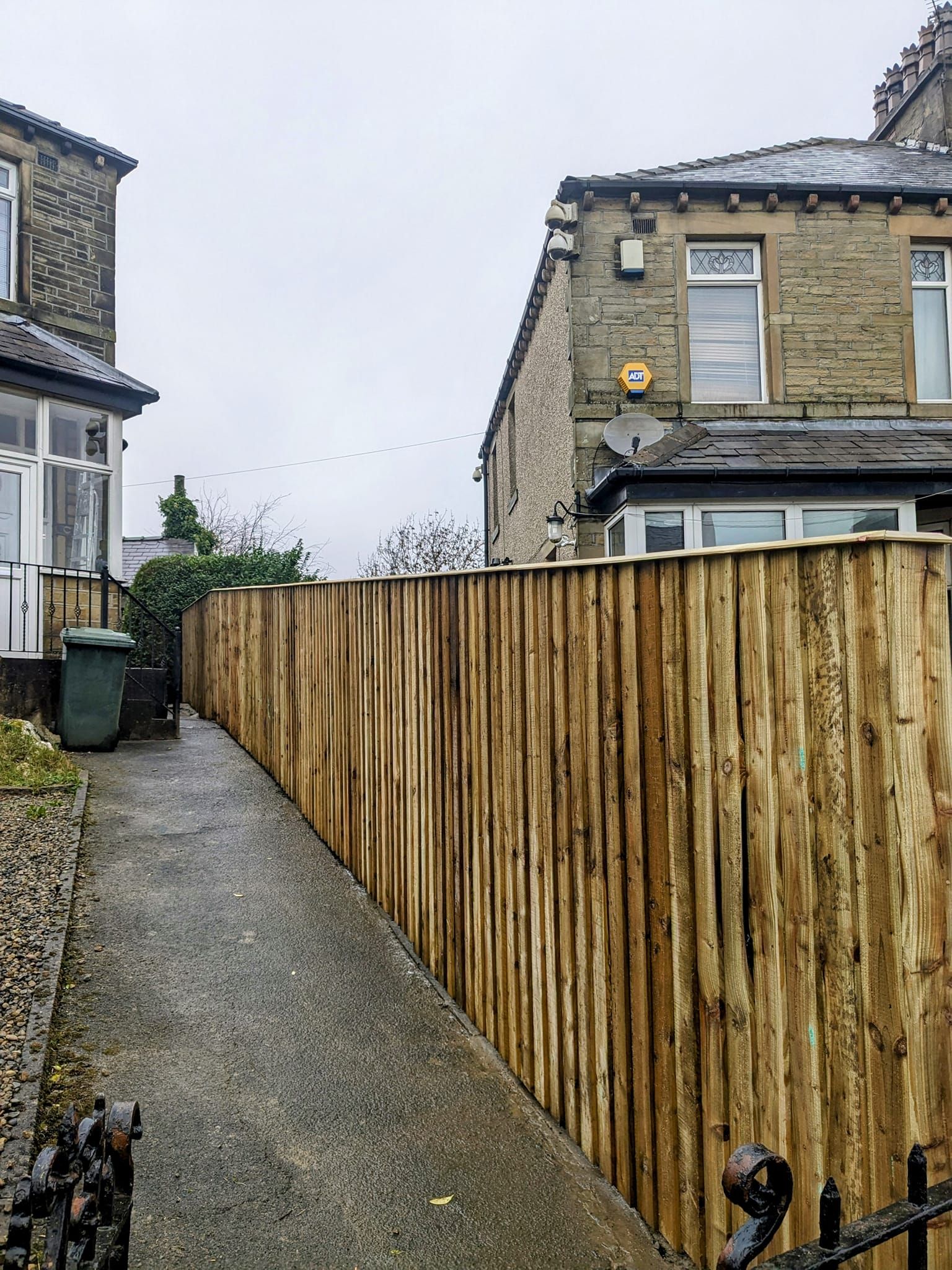How To Remove Green Algae From Fences
Say Goodbye to Green Algae: Easy Steps to Clean Your Fences
If you've noticed green algae creeping up your wooden fence panels, it's time to take action with our effective method for removing algae from fences. Not only is algae unsightly, but it can also weaken wood over time, making it vulnerable to the elements.
Follow our straightforward guide to eliminate green algae from your fence panels and garden gates.
We'll cover what causes green algae on fences and how to remove it effectively, ensuring your garden wood remains resistant in the future.
The Best 2-Step Method to Remove Algae from Fence Panels
Removing green algae from fence panels effectively involves two key steps: using cleaning agents and applying some force. Here’s how to do it:
1. Apply a Suitable Cleaning Agent
Start by applying either a natural or chemical cleaning solution to remove mould, mildew, or algae. Options include:
- Chemical algae removers, following manufacturer's instructions
- Diluted bleach
- Distilled white vinegar
- Tea tree oil for a more natural approach
Choose according to your preference, but remember that chemical cleaners are stronger and may require extra care, especially on delicate or damaged fences.
2. Apply Pressure or Scrubbing Force
Next, use physical force to ensure thorough cleaning and effective algae removal from your fence panels:
- Scrub with a stiff brush: Use elbow grease to scrub the wood surface with your chosen detergent. Rinse with clean water afterwards.
- Scrape with a metal tool: For stubborn algae, a metal scraper can be effective in removing clinging spots from wood grain.
- Pressure washing:
Use a pressure washer with a wide spray nozzle. Start with low pressure and gradually increase as needed to remove algae effectively. Maintain a safe distance and wear protective gear.
Causes and Prevention
After treating algae and allowing the fence to dry, take steps to prevent its return:
Apply external wood treatments like oils or preservatives to protect against moisture and prolong wood life.
Regular maintenance prevents dirt buildup that algae thrive on, especially in damp, shaded areas common in British gardens.
Understanding Green Algae on Fences
Green algae thrives in damp, nutrient-rich environments found on poorly maintained wooden surfaces. Cold, shady conditions typical of British gardens provide ideal breeding grounds. Regular upkeep and quality hardwood panels are essential to minimise algae growth.
Choose Reliable Fencing Solutions
Armed with knowledge on removing algae from fences effectively, you can restore your panels to their best condition. If replacement is needed, or for any enquiries or help with your
fencing Bristol customers can call our team today. We're here to help you keep your outdoor spaces looking pristine and protected.



